Movie Review – Blackmail (1929)
One of the earliest “talkie” films to arrive on the British market, Hitchcock’s Blackmail was filmed in both silent and sound versions – well, kinda – and became a box-office success for its time. As you’d expect, the film is rather dated by today’s standards, but even taking that into account, Blackmail is still a nice little thriller/drama that plays with the accentuated style Hitch’s early work enjoyed. Lovely camerawork, some terrific locations and set-design, mixed with decent acting and – again, considering the film’s vintage – excellent sound design, make this one a gem among Hitch’s early works. Well worth a look, especially in light of the history the film enjoys.
– Summary –
Director : Alfred Hitchcock
Year Of Release : 1929
Principal Cast : Anny Ondra, Sara Allgood, Charles Paton, John Longden, Donald Calthrop, Cyril Ritchard, Hannah Jones, Harvey Braban, Joan Barry,
Approx Running Time : 84 Minutes
Synopsis: After she kills a man who tried to rape her, a woman is pursued by the police.
What we think : One of the earliest “talkie” films to arrive on the British market, Hitchcock’s Blackmail was filmed in both silent and sound versions – well, kinda – and became a box-office success for its time. As you’d expect, the film is rather dated by today’s standards, but even taking that into account, Blackmail is still a nice little thriller/drama that plays with the accentuated style Hitch’s early work enjoyed. Lovely camerawork, some terrific locations and set-design, mixed with decent acting and – again, considering the film’s vintage – excellent sound design, make this one a gem among Hitch’s early works. Well worth a look, especially in light of the history the film enjoys as the advent of sound came about.
**********************
Black-and-white-mail.
In the late 20’s, cinema was undergoing what was then considered a thunderous change in its very DNA: the advent of sound, particularly the ability to hear the actors on the screen talk, was something new and exciting for studios and film-makers, although initially it would appear audiences were less than adventurous when picking up on the new technology. That, and many cinemas around the world were not really ready to spare the expense of adding in sound reproduction facilities inside their auditoriums, making the uptick of the “talkie” as a selling point somewhat moot. Hindsight obviously gives us some nice chuckles, knowing just how pervasive sound films would become, but remember that at the time it was a relatively unproven technology which was usurping “traditional” cinema markets – and Hitchcock’s Blackmail, released in 1929, is considered a major touchstone for the film industry of the era, thanks to its use of sound. According to the internet (because I have to refer to those who know more about this than I do!) Blackmail was originally planned as a silent film, but somewhere during production the choice was made to convert it to sound: executives wanted half the film to be shot with sound – Hitch thought this was a terrible idea and went about shooting the whole film with the new technology, no doubt realizing the potential for audiences to actually hear what people were saying on the screen! Naturally, Blackmail was a huge success, both critically and commercially, and was praised for its use of sound. With the distance of time, though, and the obvious advances of technology in film, one might look at a pivotal film such as this with a more critical eye than the film perhaps warrants. Considering its vintage, how does Blackmail stack up as a narrative film, irrespective of its use of sound? Is the story enthralling? Are the performances worth a look? Is this Hitch’s proudest British film?
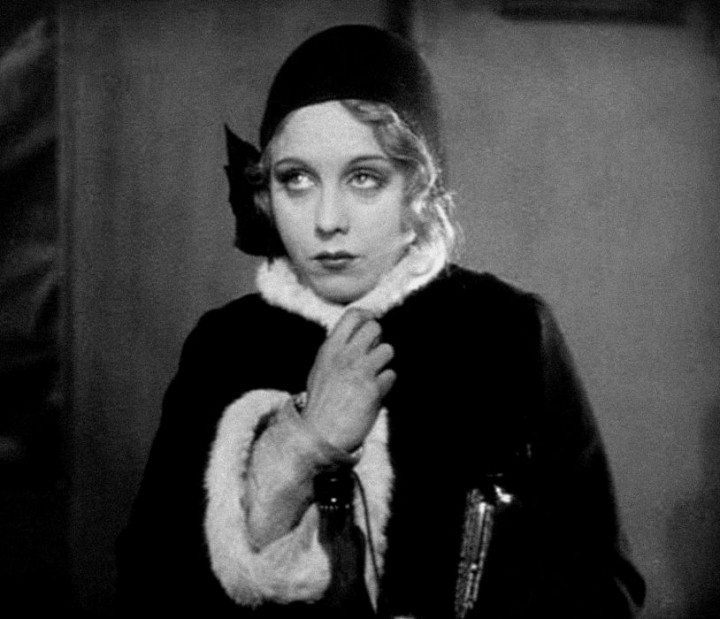
Scotland Yard Detective Webber accompanies his girlfriend, Alice (Anny Ondra) to dinner at a fancy restaurant, but her reluctance to go out with him to the cinema remains a mystery to him. When they have a fight, and he storm out, it appears that Alice had ulterior motives – she meets an artist by the name of Crewe (Cyril Ritchard), who takes her back to his place to show her his works of art. After a brief bit of flirting, Crewe assaults Alice and tries to rape her; in self defense, Alice stabs Crewe to death with a knife. After fleeing the scene in shock, the police arrive and the case is handled by Webber, who locates a pair of Alice’s gloves at the crime scene. As the case grows against Alice, Webber tries to shield her from prosecution whilst he tries to extract the truth from her.
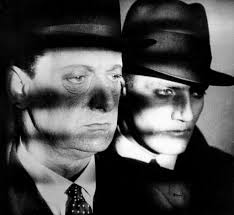
Blackmail is a great film. In terms of story, the blonde bombshell in distress has certainly been done before (although, perhaps not often before Blackmail’s release) so audiences should approach this story with that in mind, but on the whole it was a largely satisfying instance of mystery, murder and thrills. Hitchcock’s mastery of the film medium was solidifying here, and from a technical perspective Blackmail ticks all the boxes – and then some. Frankly, this film dazzled me with its ingenuity, framing and use of lighting, not to mention the thrill of a turn-of-the-century sound recording. Perhaps it’s just me, but the atmosphere provided by an audio track which sounds like the “silent” bits of an old LP recording, complete with pops, hiss and static, only enhance the tension and evocative style Hitch employed in making this movie.
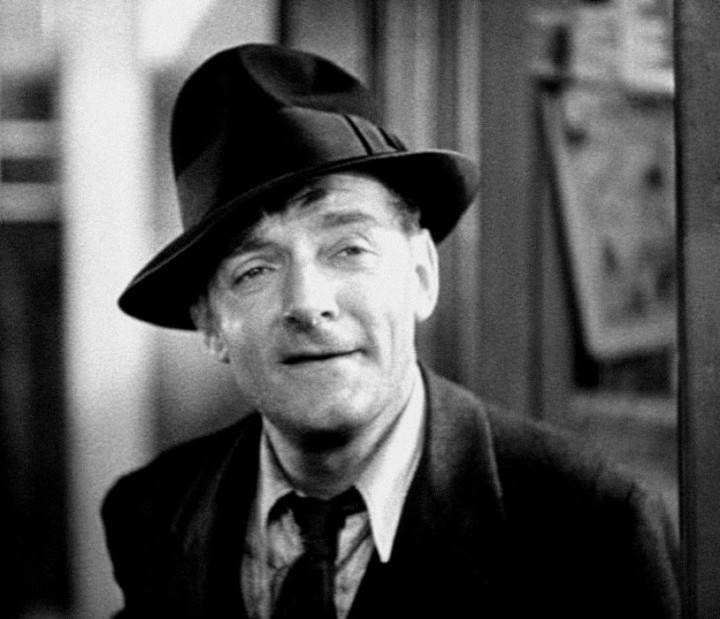
Hitch’s use of camerawork here is astonishingly brave; an early staircase ascending sequence is particularly remarkable for the fact that the camera tracks up alongside the stairs as two characters go up them, something David Fincher or Robert Zemeckis might emulate in a computer, and from a film-making standpoint I was just overjoyed to see something so simple given such lavish cinematic treatment. It’s easy to film people walking up stairs, but the way Hitch does it in Blackmail is truly remarkably overstated. And his lighting; much like The Lodger, Blackmail relies a lot on lighting design, from the hidden shadows and sharp contrasts of early 1900’s Britain, to faces cast with obscure, devil-like shadow (a specific example I noted was Mr Crewe’s face obscured by the shadow of a privacy screen, giving him an appropriately devilish appearance which serves to highlight his intent to rape Alice). Hitch relies a lot on single-shot sequences, with minimal insert shots mixing up the narrative, something he achieved with earlier films but for whatever reason, decided against here. Oh sure, there’s some close-ups on the actors, and a few nice edits to alternate takes here and there, but generally speaking, Blackmail is prototypical single-shot Hitchcock at his best.
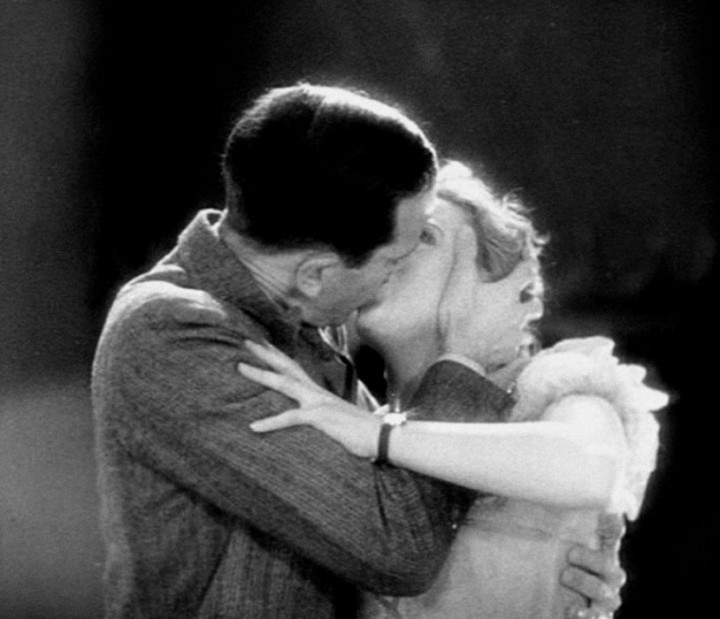
One can’t discuss Blackmail without at least mentioning the sound work on the film. Blackmail is interesting in that it’s obvious they shot a lot of this stuff for silent cinema, and what little sound they did put in (aside from the dialogue) is minimal and atmospheric. It’s funny to watch exactly what sounds are included here – doors opening and closing, footsteps, and all the traditional atmospheric audio cues we now take for granted, are missing, replaced by a silence (or moment of sparse musical score), and as the film progresses it becomes apparent that sound technology at the time was never going to deliver a thoroughly enveloping mix, or even a spatially accurate one. The occasional car honk, and specific soundtrack cues designed to heighten a key action, are all that accompany the dialogue and the score, leaving much of the film bathed in that crackly, static-y “silence” you get in old films like this. It’s really rather romantic for cinema fans to appreciate, and goes to show just how much we now take our multichannel surround sound films for granted.
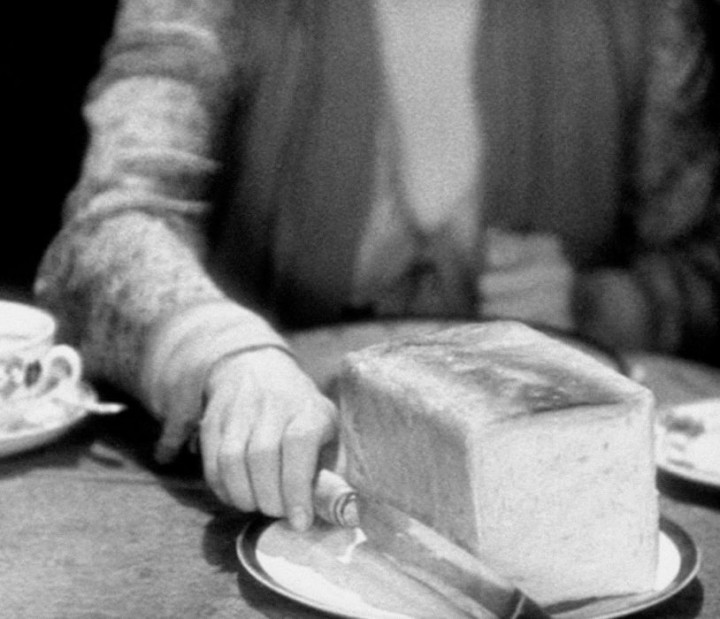
As far as the cast go, well, that’s more interesting. As with a lot of films out of the silent and early sound era, the acting was primarily still based on theatrical stage work; over-accentuated mannerisms and physicality, designed to transmit emotion to a vast audience at the back of a massive amphitheater, but with film, which had a more intimate, immediate nature about it, this theatricality now feels a little clunky. That’s not a fault of the actors, nor Hitch even, but as a product of the time it certainly dates the production. That said, the cast are nearly almost excellent. Anny Ondra leads the way with a gorgeously impish portrayal of the Alice, the woman wrongly accused. Ondra is given several moments of key performance – notably her “murder” sequence with Crewe – and she delivers an at-times tender, at times frustratingly female character onto the screen. Cyril Ritchard, as the inevitably violent Mr Crewe, plays the role with an element of creepiness, his eyes most expressive as to his intent late in his appearance, and his rendition of “Miss Up-To-Date” brought a smile to my face. John Longden, as the Detective who tries to woo Alice before she spurns his advances, and who pursues her throughout the film after the murder of Crewe, is solid, albeit especially underplayed in an early scene in a restaurant. Longden’s the very model of Tall Dark And Handsome, Hitch’s tip-o-the-hat to cinematic cliche that, in this instance, appears unavoidable.
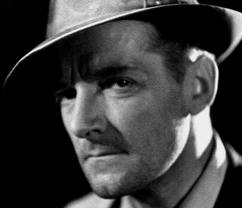
Of particular note to the casting, though, is the addition of British actress Joan Barry, as the “voice” of Alice. Anny Ondra, who hailed from then Czechoslovakia, had such a thick accent (which hadn’t been a problem until then, before sound came in) that it was felt audiences wouldn’t understand her, so Hitchcock had Barry sit just off camera reciting the dialogue, while Ondra mimed to it. The ability to overdub film after the fact hadn’t been developed, so this was the only way they could capture both the dialogue and the sound at the same time, and as a result, some of Ondra’s performance feels a little stilted (compared to the inflections in the dialogue as performed by Barry). It’s not a major concern for the film, however, but it’s another interesting tidbit of information that makes this film so thoroughly captivating.
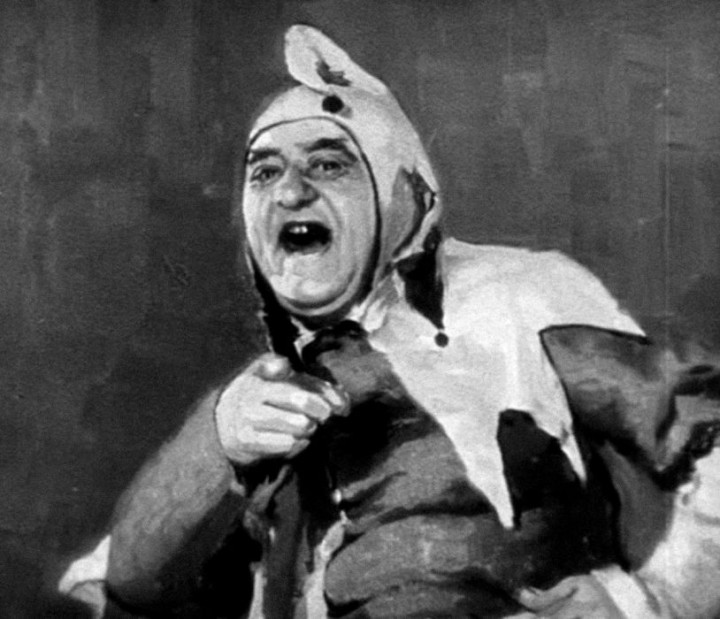
Blackmail is a solid Hitchcock film. No, it’s not at the same level as The Lodger (still the benchmark for me for Hitch’s silent films), but it comes closest to matching it for technical style, story, and visual prowess. While the story does feel somewhat outdated, and indeed the opening six or seven minutes have plot that isn’t in any way key to the rest of the film (probably shot when the film was still supposed to be “silent”) but Blackmail’s quality shines through from almost frame one. Hitch’s visual cues were starting to take form here, and motifs he’d go on to use later pop in here and there. Taking into account the status of this film as one of the earliest full-fledged talkies, Blackmail is vintage Hitchcock and definitely one of his best works coming out of the silent era.


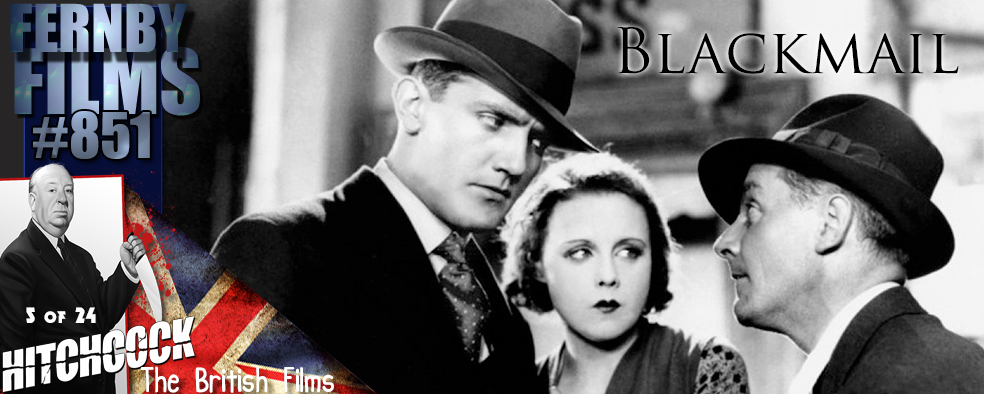






 The Academy “Blackmail”
The Academy “Blackmail” Hitchmania: The First British Talkies of Alfred Hitchcock
Hitchmania: The First British Talkies of Alfred Hitchcock Hitchmania: Blackmail (1929)
Hitchmania: Blackmail (1929) Free Film Friday: Blackmail (1929)
Free Film Friday: Blackmail (1929)